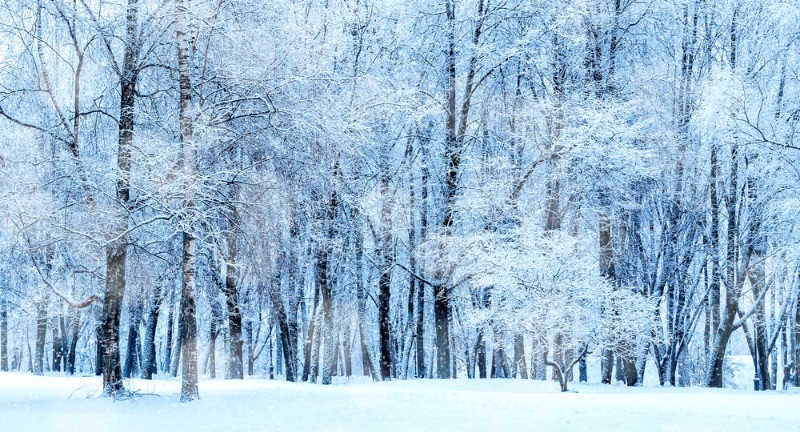
Shutterstock
The forest is a fascinating yet intimidating place that elicits a strange response from people. While the forest is incredibly beautiful and peaceful, it can also spark strange and uneasy feelings in people. The isolation, strange noises, and the sense of anxiety all add to the eeriness of the woods. Many people fear the forest, and for good reason. In this article, we will explain why it may be a good idea to fear the forest.
Darkness

Shutterstock
Darkness in the forest can make every little sound seem amplified and ominous. Without sufficient light, familiar shapes become strange and hard to identify, triggering the imagination. Shadows appear to shift, making people feel they are not alone. This disorientation and heightened sense of vulnerability can cause intense fear in the forest at night.
Unknown Sounds
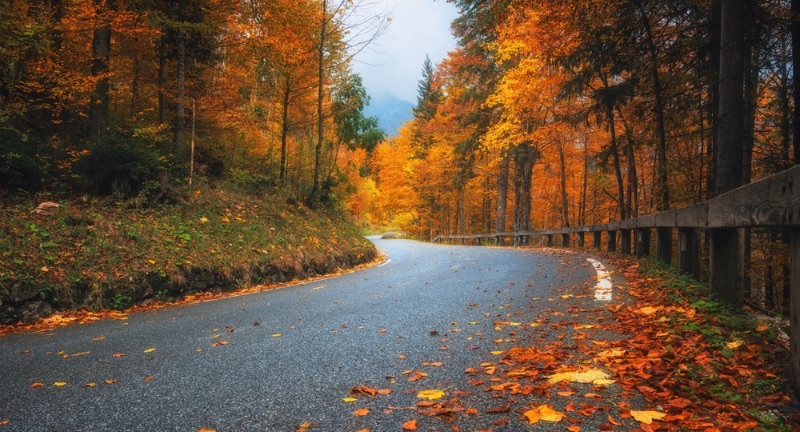
Shutterstock
Unfamiliar sounds in the forest can be unsettling, especially when the source is invisible. Every rustle, crack, or animal call can sound like a potential threat. The inability to see or identify what is making the noise can cause fear to spike. This sense of the unknown makes people feel like they’re being watched or followed.
Isolation
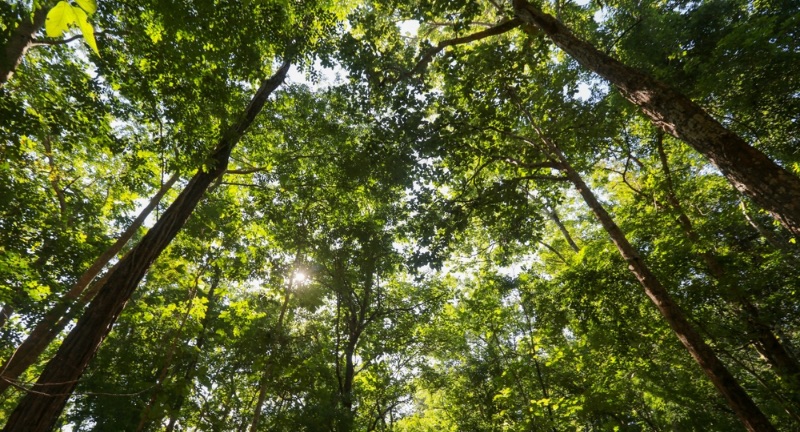
Shutterstock
The isolation of the forest means there’s little chance of quickly finding help if something goes wrong. Being far from human contact intensifies feelings of vulnerability. Without a way to call for assistance, people may feel completely alone in facing any dangers. This lack of backup can be especially frightening in an unfamiliar environment.
Wildlife Presence
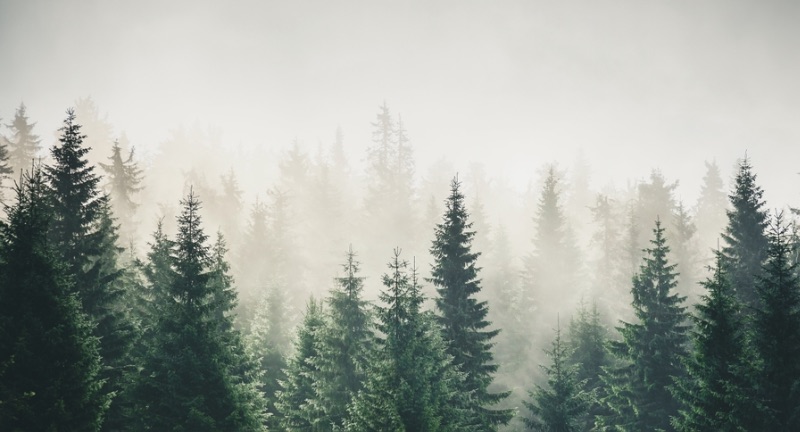
Shutterstock
The forest is home to various wildlife, some of which may pose a real threat. Knowing that animals like bears, wolves, or venomous snakes are nearby can trigger a primal fear. People worry that they could unknowingly encounter a dangerous animal at any moment. This awareness keeps them on edge, scanning the surroundings for signs of danger.
Getting Lost
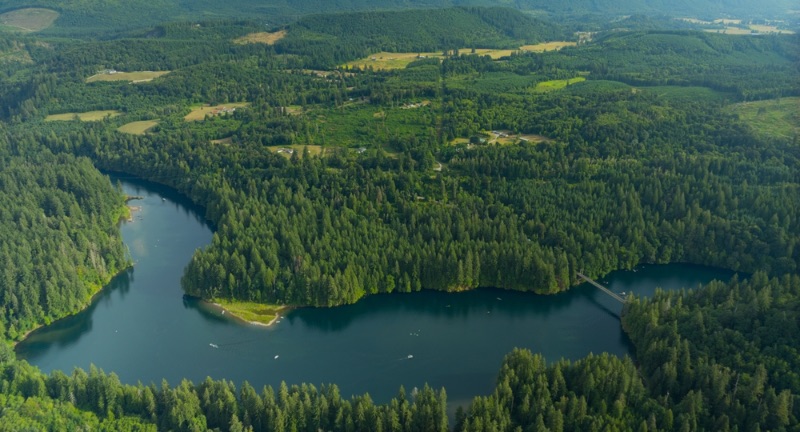
Shutterstock
The fear of getting lost in the forest is common and can quickly turn overwhelming. Dense foliage and unmarked paths make it easy to lose one’s way. Once disoriented, it becomes difficult to retrace steps, which can induce panic. Being lost often brings up worries about food, water, and finding shelter.
Lack of Visibility
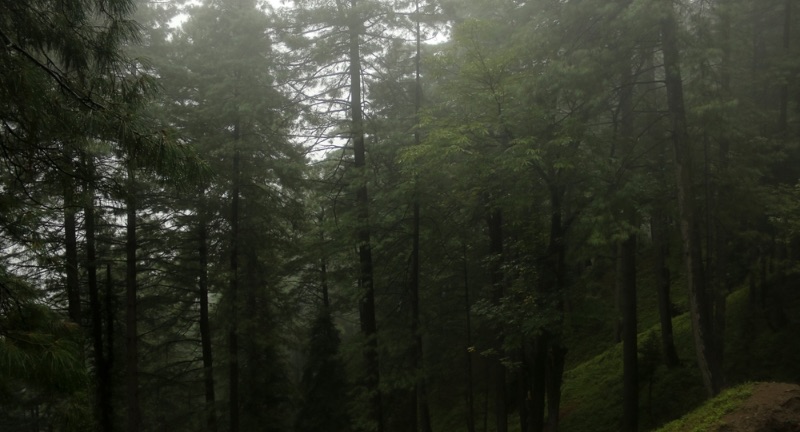
Shutterstock
The thick trees and bushes in a forest can significantly limit visibility, making it hard to see what’s around. This restricted view can make every step feel uncertain and dangerous. Hidden dangers could be mere inches away, unseen due to the dense vegetation. This lack of visual information makes people anxious and hesitant.
Supernatural Beliefs
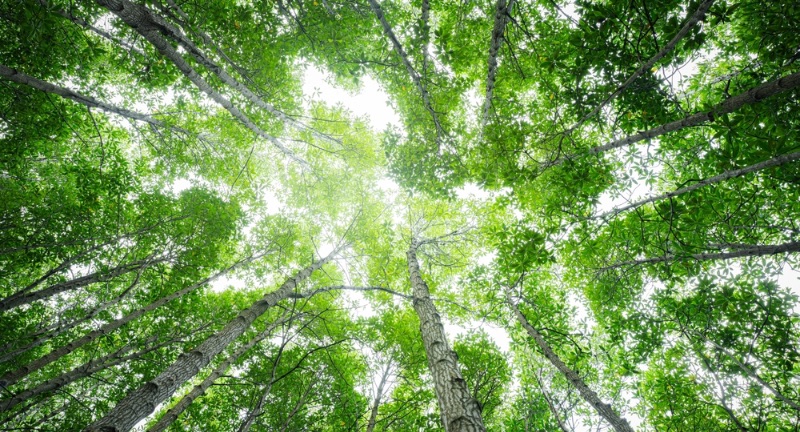
Shutterstock
Stories and beliefs about supernatural creatures or spirits lurking in forests are common in many cultures. These tales can play on the mind, making people imagine that they are being watched or followed. The dense, quiet surroundings seem to invite supernatural thoughts, fueling feelings of dread. This fear of encountering something supernatural makes forests feel haunted.
Unpredictable Weather
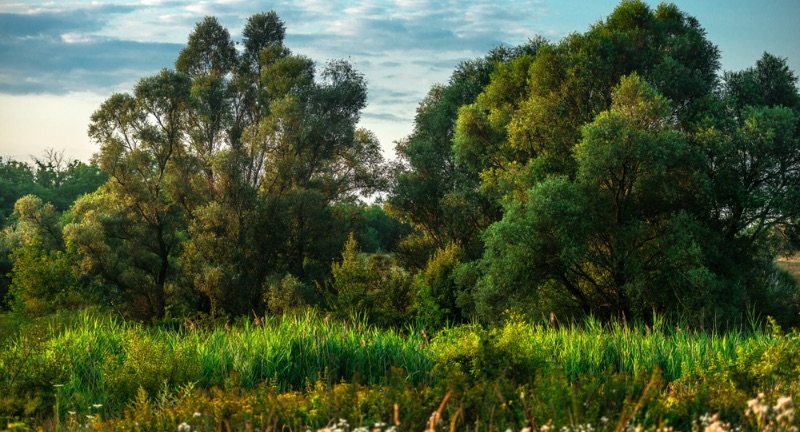
Shutterstock
Weather in forests can change suddenly, which can be frightening if one is unprepared. A sudden storm, heavy rain, or lightning can increase risks dramatically. Wet conditions make paths slippery, while fog or rain obscures vision. This unpredictability can leave people feeling out of control and vulnerable to natural elements.
Dangerous Terrain
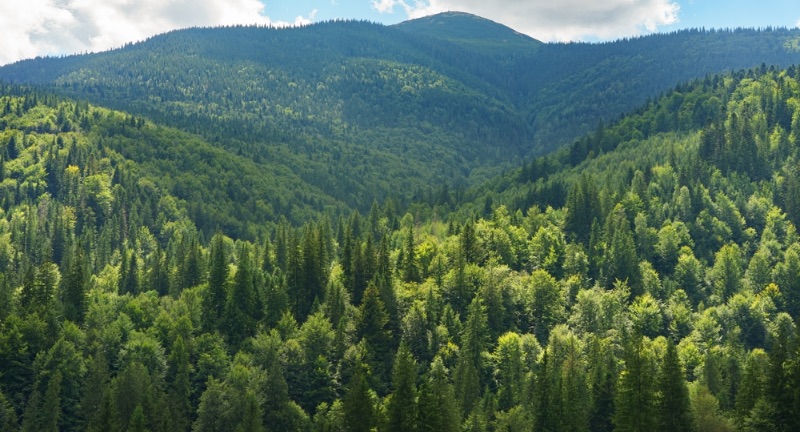
Shutterstock
Forests often contain rough and uneven terrain, which can lead to trips, falls, or injuries. Navigating these areas requires careful attention and can be exhausting. Every step could be risky, especially if rocks, roots, or muddy patches are hidden under leaves. This physical hazard adds to the psychological stress of forest exploration.
Insects
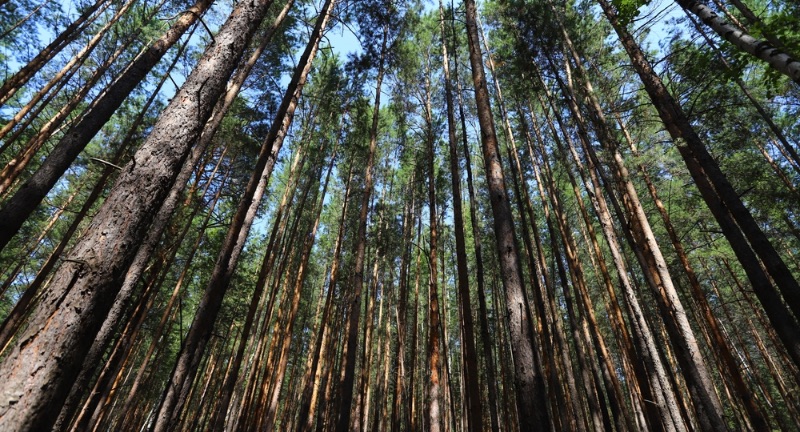
Shutterstock
Forests are full of insects, many of which bite or sting, which can make visitors uncomfortable or fearful. The thought of being covered in insects or encountering venomous species can be unsettling. Insects are often difficult to detect until they are close or already on someone. This constant vigilance against tiny threats contributes to fear and stress.
Poisonous Plants
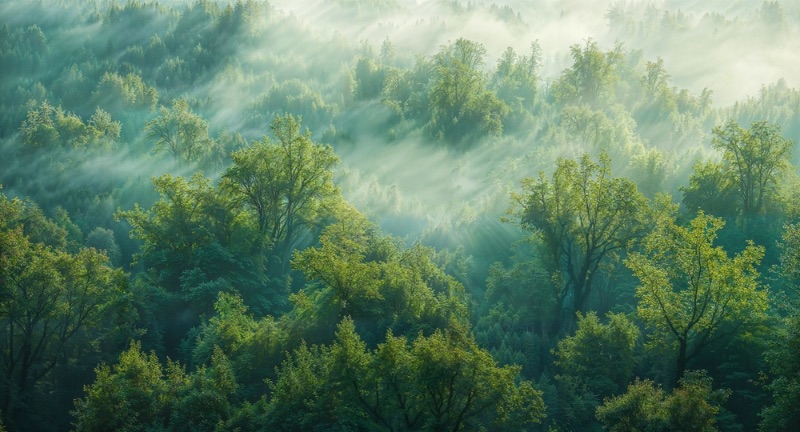
Shutterstock
There are numerous poisonous plants in forests that can cause severe skin reactions or other health issues. People fear accidentally brushing against or ingesting these dangerous plants. Identifying poisonous plants is challenging without prior knowledge, making every step potentially hazardous. This fear keeps people alert and cautious as they move.
Threat of Predators
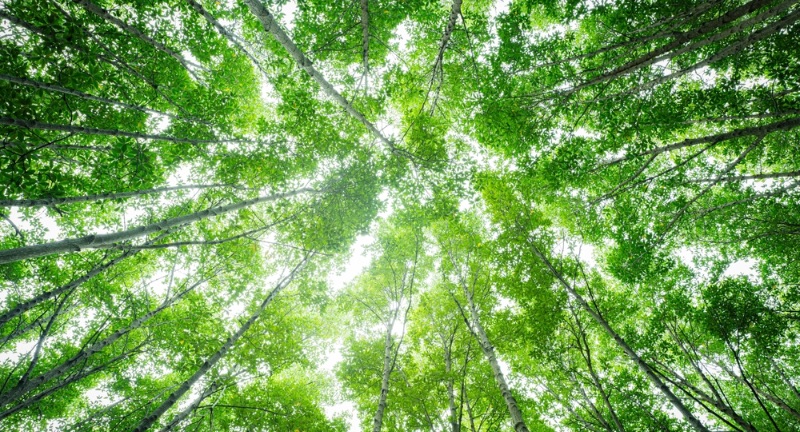
Shutterstock
The possibility of encountering a predator in the forest can be terrifying. Even if actual encounters are rare, the thought alone makes people feel vulnerable and anxious. Predators can hide well in dense forests, making people feel as though danger could be anywhere. This heightened sense of being hunted adds a primal fear to the experience.
Silence
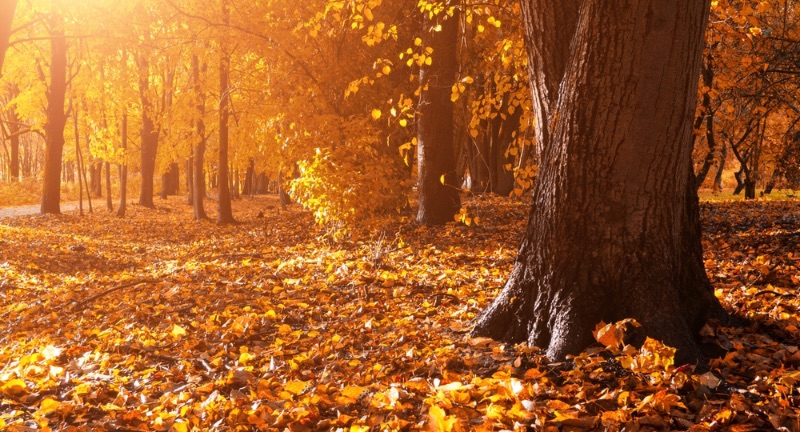
Shutterstock
The eerie silence in forests, especially at night, can be unsettling. Without background noise, every small sound becomes amplified and tense. Silence creates a sense of stillness and isolation that can feel unnatural. This emptiness heightens awareness and makes people sensitive to even the faintest noises.
Nightfall
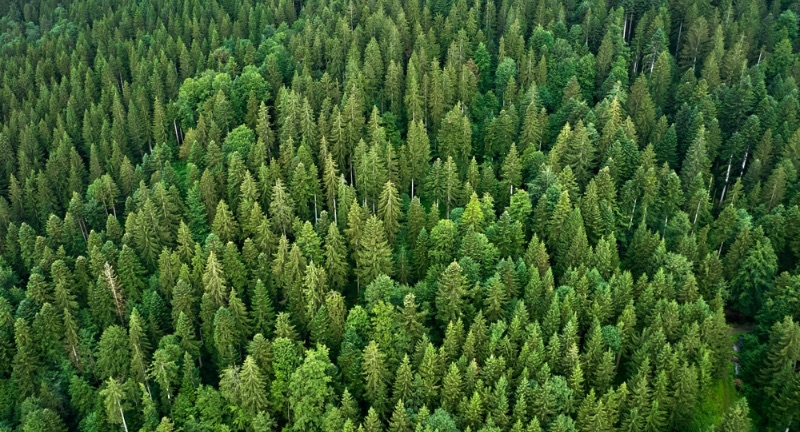
Shutterstock
As night falls in the forest, the transition from day to night can be jarring. The diminishing light can create an atmosphere of uncertainty and fear. Shadows grow longer, and the familiar landscape becomes disorienting in the dark. The impending night often brings about fears of what might emerge once visibility is lost.
Unfamiliar Paths
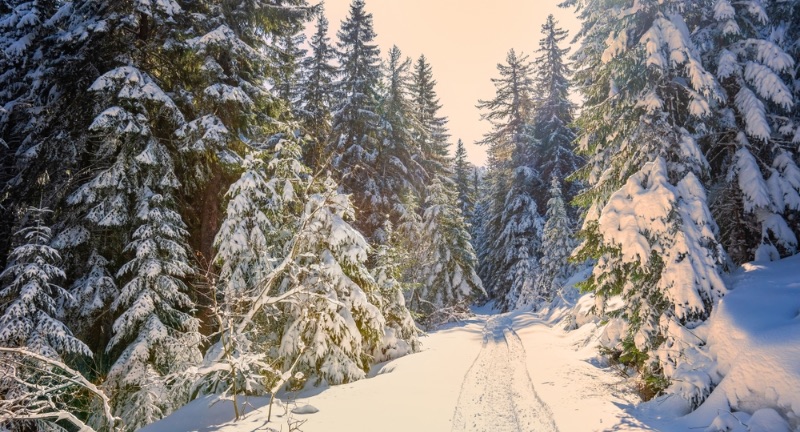
Shutterstock
Walking along unfamiliar paths can generate anxiety, as there’s no assurance of safety or direction. Each step can lead to unexpected obstacles or challenges. The uncertainty of where the path may lead adds to the overall feeling of fear and apprehension. People often worry about whether they will find their way back.
Lack of Phone Signal
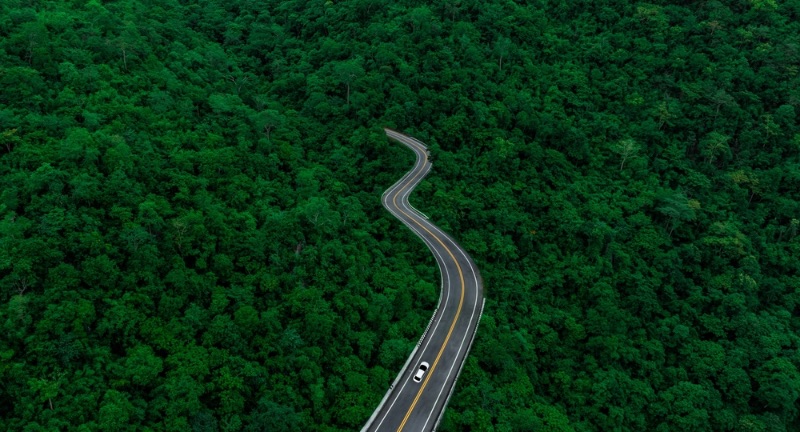
Shutterstock
The absence of a phone signal in the forest can leave individuals feeling isolated and vulnerable. Without the ability to call for help or navigate using their devices, a sense of insecurity can set in. This lack of communication heightens the risk of being unprepared for emergencies. People may feel trapped, knowing that they are out of reach of assistance.
Hidden Obstacles
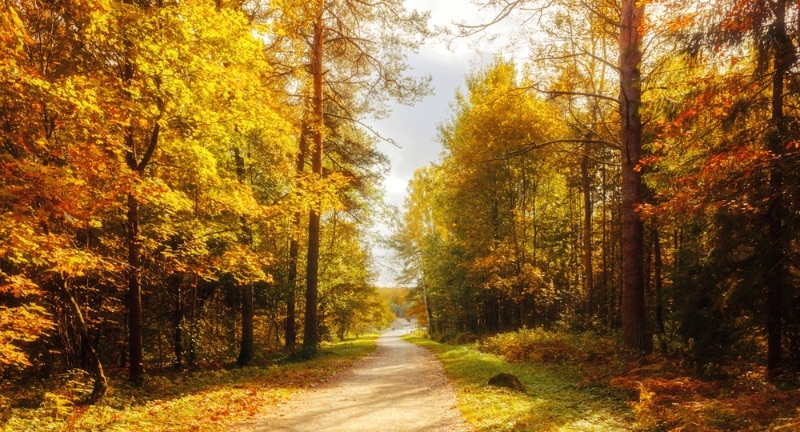
Shutterstock
Forests can be littered with hidden obstacles such as roots, rocks, and uneven ground. These unexpected hazards can cause falls and injuries, amplifying fear during exploration. The possibility of tripping or twisting an ankle keeps people on edge, causing them to second-guess each step. Navigating safely through a forest requires constant vigilance, adding to anxiety levels.
Creepy Stories
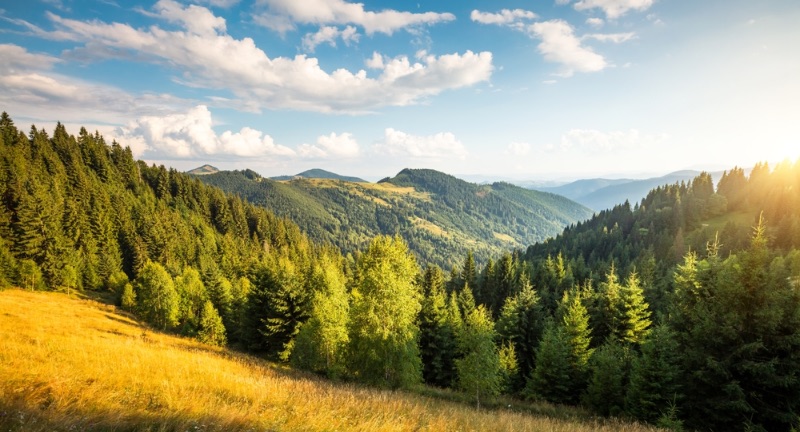
Shutterstock
Legends and creepy stories about forests can linger in the mind, creating an atmosphere of fear. Tales of disappearances or encounters with mythical creatures can make visitors uneasy. Even the thought of these stories can transform an innocent stroll into a nerve-wracking experience. People often find themselves looking over their shoulders, questioning every sound they hear.
Flashlight Failure
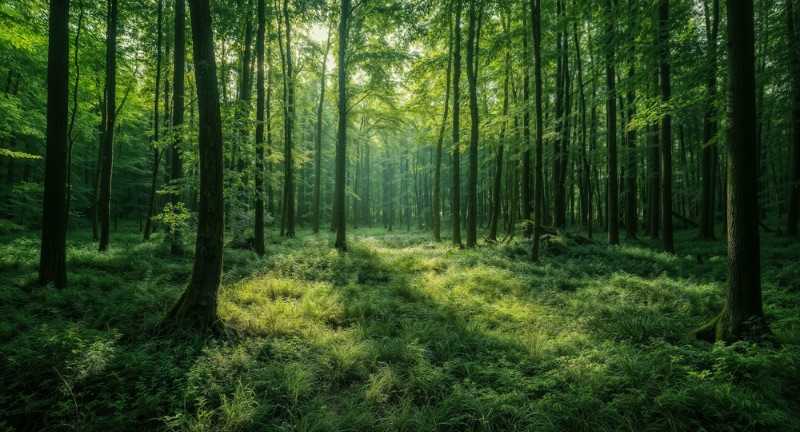
Shutterstock
Relying on a flashlight in the forest can be a source of anxiety, especially if it fails unexpectedly. Darkness becomes absolute when light is lost, and panic can set in quickly. The fear of navigating blindly through an unfamiliar environment heightens feelings of vulnerability. This fear underscores the importance of having reliable gear when exploring the woods.
Thick Fog
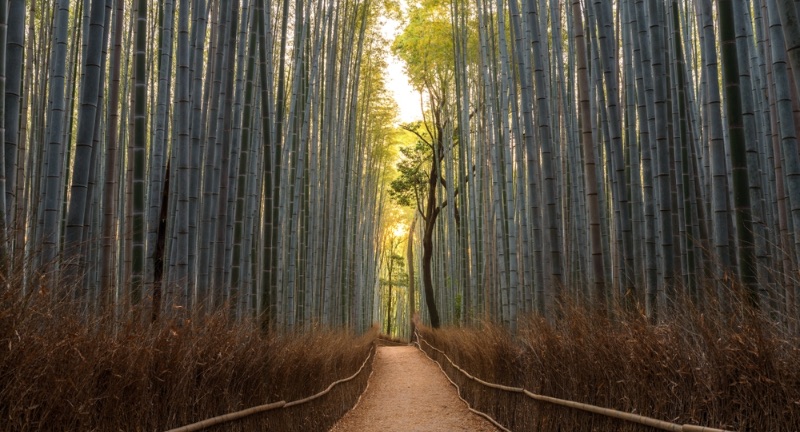
Shutterstock
Thick fog can envelop forests, drastically reducing visibility and creating an eerie atmosphere. The obscured landscape makes it difficult to determine direction or distance, increasing feelings of disorientation. Sounds become muffled, which can add to the disquieting ambiance. Navigating through fog can make even the most familiar trails feel foreign and threatening.
Sudden Movements
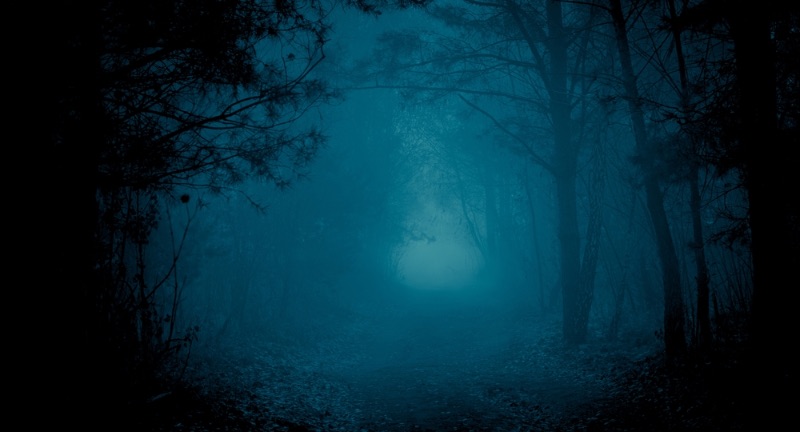
Shutterstock
Sudden movements in the underbrush can startle anyone, igniting a primal fear response. The unpredictability of what might emerge from the shadows can be alarming, from harmless critters to potentially dangerous wildlife. This unpredictability keeps people on high alert, making every slight rustle a source of anxiety. It’s difficult to relax when the threat of unexpected encounters lurks nearby.
Eerie Landscapes
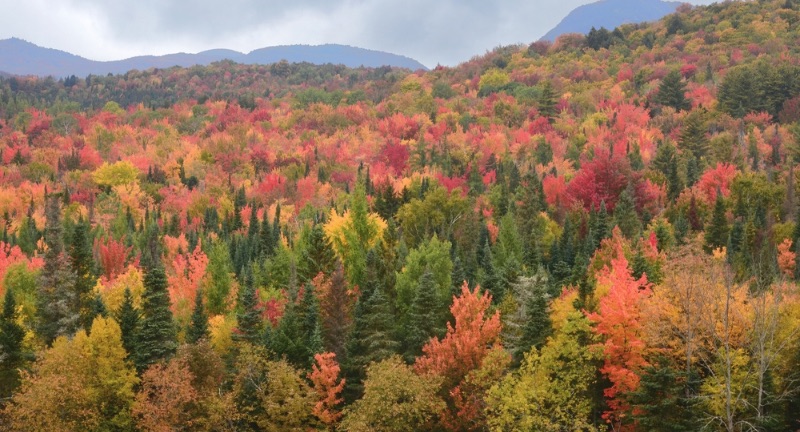
Shutterstock
The unique and often bizarre landscapes found in forests can provoke feelings of unease. Twisted trees, gnarled roots, and oddly shaped rocks create a surreal atmosphere. These features can trigger the imagination, leading to thoughts of the supernatural or hidden dangers. As a result, the environment itself can feel threatening and unsettling.
Strange Smells
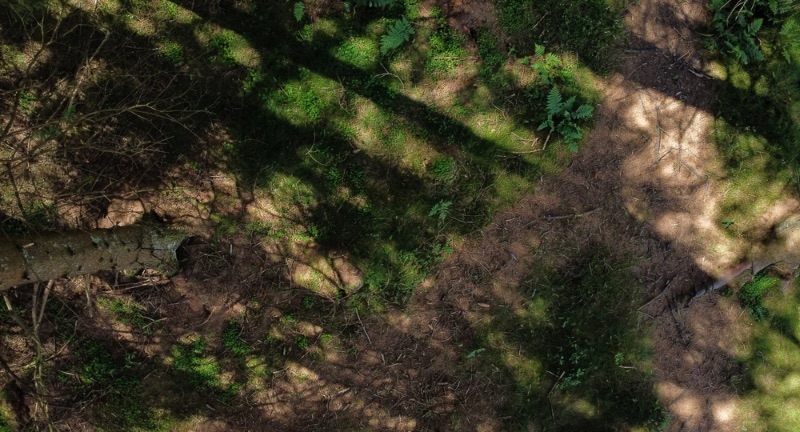
Shutterstock
Unfamiliar or strange smells in the forest can be disconcerting and raise alarm. Odors might hint at decaying matter, unusual plants, or even animals that have made their home nearby. This sensory experience can trigger instinctual fears, as smells often precede visual cues. The mind races to determine if the scent signifies danger, creating a heightened state of anxiety.
Losing Direction
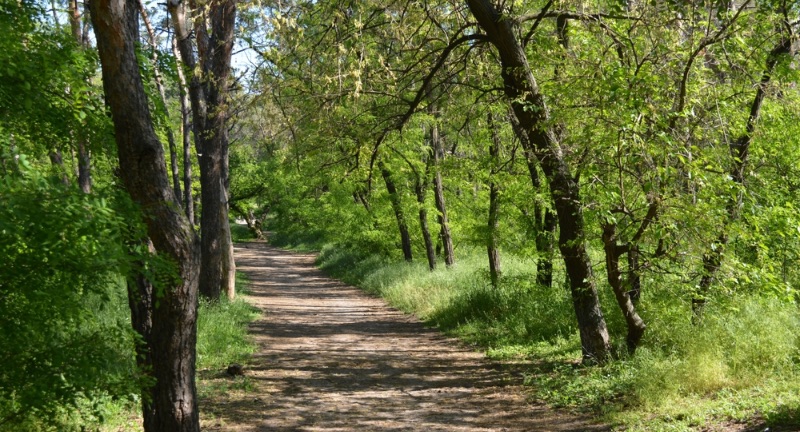
Shutterstock
The fear of losing direction in a vast forest can be overwhelming. Each turn taken may lead to more confusion, making it harder to find a familiar landmark. This sense of helplessness can spiral into panic as the realization sinks in that one may not find their way out. Being lost amplifies the fear of other dangers lurking nearby.
Dense Foliage
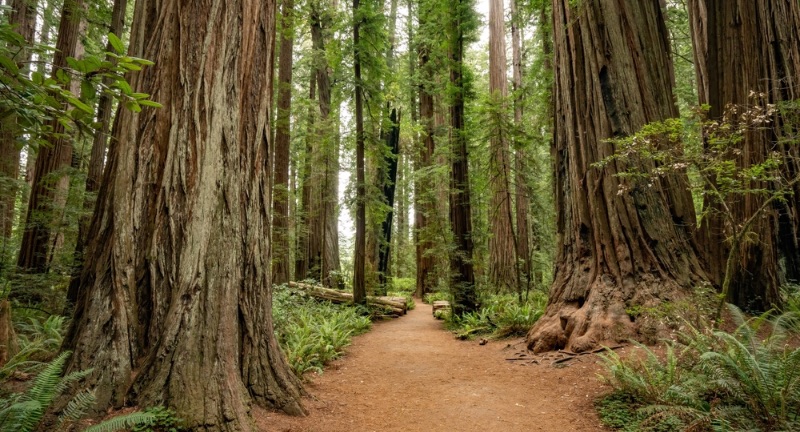
Shutterstock
Dense foliage can obscure the path ahead, making navigation difficult and disorienting. Thick undergrowth and overhanging branches can create feelings of entrapment. This lack of openness can make people feel vulnerable to unseen dangers. The tangled vegetation can also hinder escape if a dangerous situation arises.
Fear of Injury
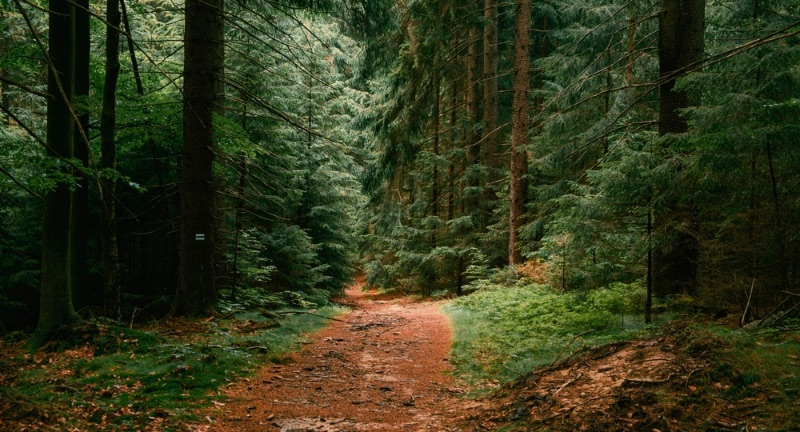
Shutterstock
The fear of sustaining an injury while exploring the forest can be quite pronounced. Risks abound from falling, tripping, or encountering sharp objects. This worry can lead to constant overthinking and caution, making the experience stressful. The potential for injury can overshadow the enjoyment of being in nature.
Unmarked Trails
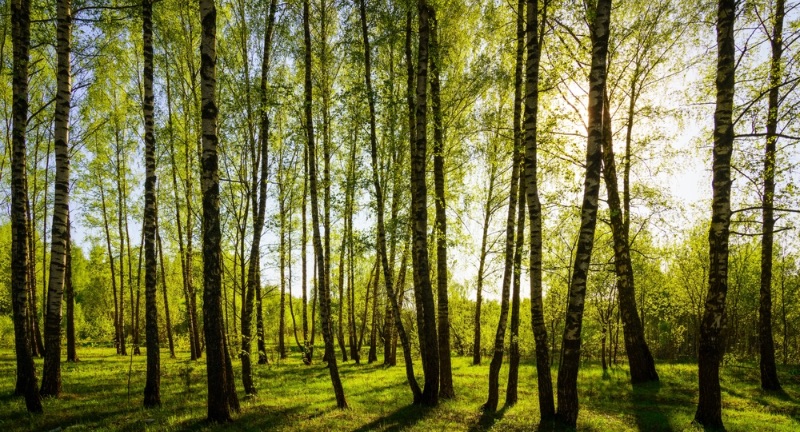
Shutterstock
Unmarked trails in a forest can induce a sense of anxiety and fear of the unknown. Without clear indications of where to go, each decision feels critical and uncertain. The absence of defined paths can lead to confusion and misdirection, compounding fears of getting lost. This uncertainty can make even the simplest navigation feel daunting.
Sudden Changes in Temperature
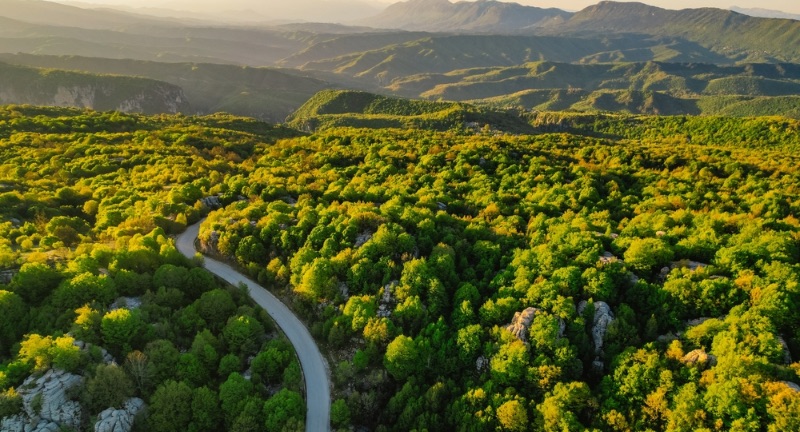
Shutterstock
Sudden shifts in temperature can catch people off guard, causing discomfort and fear. A drop in temperature may signal an impending storm or environmental danger. The body’s response to these changes can heighten anxiety, especially in an isolated setting. This unpredictability in weather can create a sense of impending doom.
Fear of the Unknown
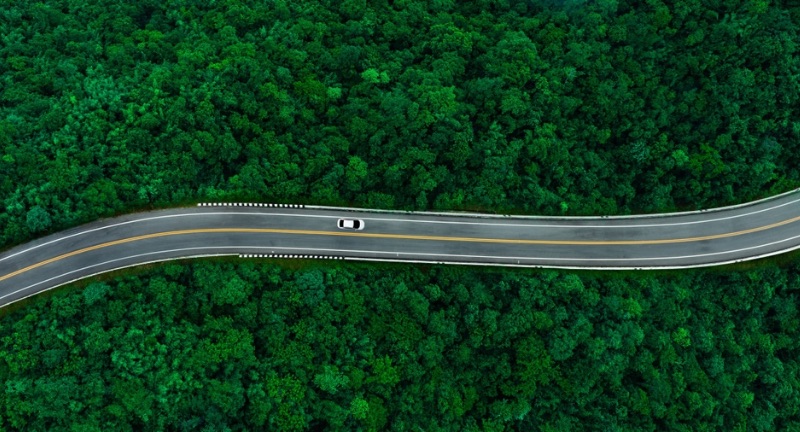
Shutterstock
The fear of the unknown is perhaps the most fundamental fear people experience in forests. Not knowing what lies ahead, whether in terms of physical threats or challenges, creates anxiety. This uncertainty can lead to a heightened state of alertness, making every sound or movement feel significant. The forest can become a place of both wonder and dread, as the unknown looms large.
Conclusion
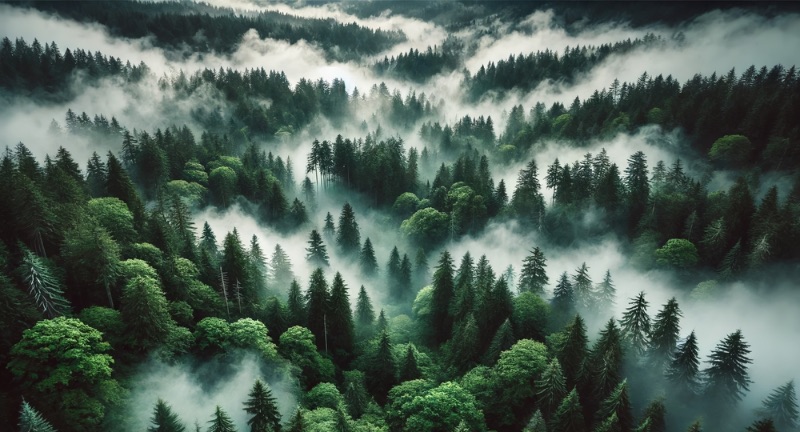
Shutterstock
The forest is a place of both beauty and fear, where nature coexists with danger. While it can be a place of adventure, the potential dangers and the unknown can lead to eerie experiences. Embracing these fears can empower people to navigate the woods like a pro. We hope that we have helped you embrace the balance of the forest, but don’t forget to stay alert and aware because you never know what may be lurking in the forest.

 News2 months ago
News2 months ago
 Lifestyle3 months ago
Lifestyle3 months ago
 Entertainment3 days ago
Entertainment3 days ago
 Entertainment3 days ago
Entertainment3 days ago
 Lifestyle2 months ago
Lifestyle2 months ago
 Lifestyle2 months ago
Lifestyle2 months ago
 Lifestyle2 months ago
Lifestyle2 months ago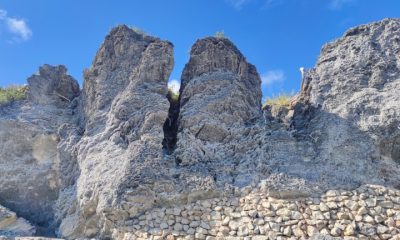
 News2 months ago
News2 months ago








































